-
 bitcoin
bitcoin $110047.851143 USD
-1.37% -
 ethereum
ethereum $3727.617466 USD
-1.30% -
 tether
tether $1.000961 USD
-0.05% -
 bnb
bnb $1114.045467 USD
1.72% -
 xrp
xrp $2.343280 USD
0.14% -
 solana
solana $174.674876 USD
-5.85% -
 usd-coin
usd-coin $0.999999 USD
0.02% -
 tron
tron $0.311757 USD
-2.44% -
 dogecoin
dogecoin $0.183678 USD
-3.76% -
 cardano
cardano $0.627109 USD
-2.07% -
 ethena-usde
ethena-usde $1.000300 USD
0.15% -
 hyperliquid
hyperliquid $36.865760 USD
-2.74% -
 chainlink
chainlink $16.968918 USD
-1.48% -
 stellar
stellar $0.318159 USD
0.47% -
 bitcoin-cash
bitcoin-cash $500.637224 USD
-1.56%
What does the excessive opening of the MACD fast and slow lines indicate? Is it a sign of trend acceleration or reversal?
Excessive MACD line divergence often signals trend acceleration, but extreme levels may indicate an impending reversal in cryptocurrency markets.
May 22, 2025 at 10:11 am
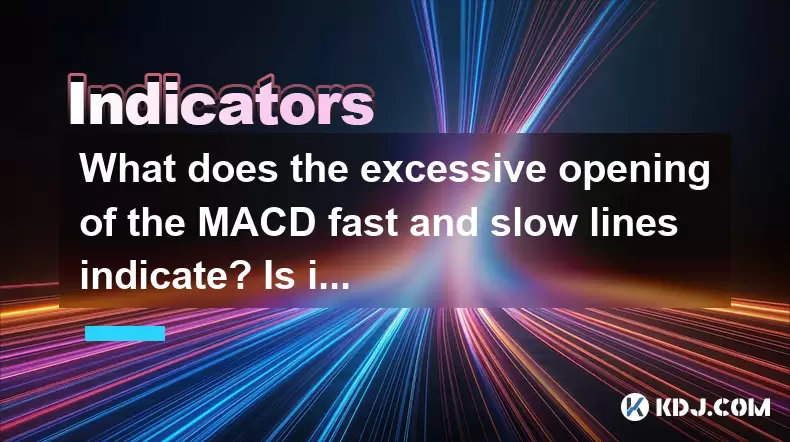
The Moving Average Convergence Divergence (MACD) is a popular technical indicator used by cryptocurrency traders to gauge the momentum and potential trend changes in the market. The MACD consists of two lines: the fast line (MACD line) and the slow line (signal line). When these lines diverge significantly, it can signal important shifts in market dynamics. This article will explore what excessive opening of the MACD fast and slow lines indicates and whether it suggests a trend acceleration or reversal.
Understanding the MACD Indicator
The MACD indicator is calculated by subtracting the 26-period Exponential Moving Average (EMA) from the 12-period EMA. The result is the MACD line. A 9-period EMA of the MACD line is then plotted as the signal line. The difference between the MACD line and the signal line is often shown as a histogram, which can help traders visualize the momentum of the price movement.
What is Excessive Opening of MACD Lines?
Excessive opening of the MACD lines refers to a scenario where the MACD line and the signal line move far apart from each other. This divergence can occur in both bullish and bearish market conditions. When the MACD line moves above the signal line, it indicates bullish momentum, and when it moves below, it suggests bearish momentum. The greater the distance between these lines, the more significant the momentum.
Indication of Trend Acceleration
When the MACD lines open excessively, it often signals a trend acceleration. In a bullish market, if the MACD line moves significantly higher than the signal line, it suggests that the upward momentum is increasing. Conversely, in a bearish market, if the MACD line moves significantly lower than the signal line, it indicates that the downward momentum is gaining strength.
- Bullish Acceleration: If the MACD line is well above the signal line and continues to diverge, it can be a strong indication that the bullish trend is accelerating. Traders might see this as a signal to buy or hold their positions, expecting further price increases.
- Bearish Acceleration: If the MACD line is well below the signal line and the divergence increases, it suggests that the bearish trend is accelerating. Traders might interpret this as a signal to sell or short, anticipating further price declines.
Indication of Trend Reversal
While excessive opening of the MACD lines often indicates trend acceleration, it can also be a precursor to a trend reversal. This is particularly true when the divergence reaches extreme levels, suggesting that the current trend may be overstretched and due for a correction.
- Bullish to Bearish Reversal: If the MACD line has been significantly above the signal line for an extended period and the divergence starts to decrease, it might signal that the bullish trend is losing steam. A subsequent crossover of the MACD line below the signal line could confirm a bearish reversal.
- Bearish to Bullish Reversal: Similarly, if the MACD line has been significantly below the signal line and the divergence begins to narrow, it could indicate that the bearish trend is weakening. A crossover of the MACD line above the signal line might confirm a bullish reversal.
Interpreting the Histogram
The MACD histogram provides additional insight into the momentum behind the MACD lines. The histogram represents the difference between the MACD line and the signal line. When the histogram bars grow longer, it indicates increasing momentum, and when they shorten, it suggests decreasing momentum.
- Increasing Histogram Bars: If the histogram bars are getting longer as the MACD lines diverge, it supports the idea of trend acceleration. Traders might see this as a confirmation of a strong trend.
- Decreasing Histogram Bars: If the histogram bars start to shrink while the MACD lines are still far apart, it could be an early warning of a potential trend reversal. Traders might use this as a signal to prepare for a change in market direction.
Practical Examples in Cryptocurrency Trading
To better understand how to apply these concepts, let's look at some practical examples in the context of cryptocurrency trading.
- Bitcoin (BTC) Example: Suppose the price of Bitcoin has been in a bullish trend, and the MACD line is significantly above the signal line. The histogram bars are also increasing in length. This would suggest a strong bullish acceleration, and traders might consider buying or holding their BTC positions.
- Ethereum (ETH) Example: Imagine Ethereum is in a bearish trend, and the MACD line is well below the signal line. The histogram bars are getting longer, indicating increasing bearish momentum. This could be a signal for traders to sell or short their ETH positions.
Considerations and Limitations
While the excessive opening of the MACD lines can provide valuable insights, it is important to consider the limitations of this indicator. The MACD can generate false signals, especially in choppy or sideways markets. Therefore, it is crucial to use the MACD in conjunction with other technical indicators and fundamental analysis to confirm trading decisions.
- False Signals: The MACD might indicate a trend acceleration or reversal that does not materialize. Traders should use additional tools like the Relative Strength Index (RSI) or Bollinger Bands to validate MACD signals.
- Overbought/Oversold Conditions: In extreme market conditions, the MACD can remain in overbought or oversold territories for extended periods, leading to misleading signals. Traders should be cautious and not rely solely on the MACD for trading decisions.
Frequently Asked Questions
Q1: Can the MACD be used effectively in all market conditions?A1: The MACD is most effective in trending markets, where it can help identify momentum and potential trend changes. In choppy or sideways markets, the MACD may generate more false signals, and traders should use it alongside other indicators for better accuracy.
Q2: How can traders avoid false signals from the MACD?A2: To avoid false signals, traders should combine the MACD with other technical indicators like the RSI, Moving Averages, or Bollinger Bands. Additionally, using longer time frames can help filter out short-term noise and provide more reliable signals.
Q3: Is the MACD suitable for short-term trading or long-term investing?A3: The MACD can be used for both short-term trading and long-term investing, depending on the time frame of the chart being analyzed. For short-term trading, traders might use shorter time frames (e.g., 1-hour or 4-hour charts), while long-term investors might focus on daily or weekly charts.
Q4: How can traders use the MACD histogram effectively?A4: The MACD histogram can be used to gauge the strength of the momentum behind the MACD lines. Traders can look for increasing histogram bars to confirm trend acceleration and decreasing bars as a potential sign of a trend reversal. Monitoring the histogram alongside the MACD lines can provide a more comprehensive view of market dynamics.
Disclaimer:info@kdj.com
The information provided is not trading advice. kdj.com does not assume any responsibility for any investments made based on the information provided in this article. Cryptocurrencies are highly volatile and it is highly recommended that you invest with caution after thorough research!
If you believe that the content used on this website infringes your copyright, please contact us immediately (info@kdj.com) and we will delete it promptly.
- XRP Price Prediction: Weekend Rollercoaster or Rally?
- 2025-10-12 08:45:16
- Bittensor (TAO): Super Bullish Signals Point to Potential 2x Rally
- 2025-10-11 10:25:12
- Silver Price Correction: Navigating the Dip & Identifying Key SEO Keywords
- 2025-10-11 10:25:12
- Decoding Crypto Trends: Bittensor's Bull Run, Cardano's Dip, and LivLive's Presale Buzz in 'Uptober 2025'
- 2025-10-12 08:45:16
- MoonBull: The Crypto Meme Coin Promising 1000x Gains?
- 2025-10-11 10:30:01
- Crypto Payroll Revolution: Stablecoins, Altcoins, and the Future of Salary Payments
- 2025-10-11 10:30:01
Related knowledge
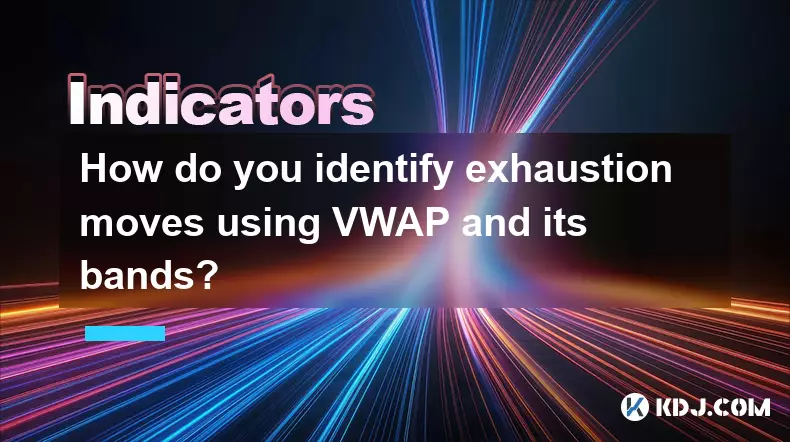
How do you identify exhaustion moves using VWAP and its bands?
Oct 12,2025 at 08:00am
Understanding the Role of Decentralized Exchanges in Crypto Trading1. Decentralized exchanges (DEXs) operate without a central authority, allowing use...
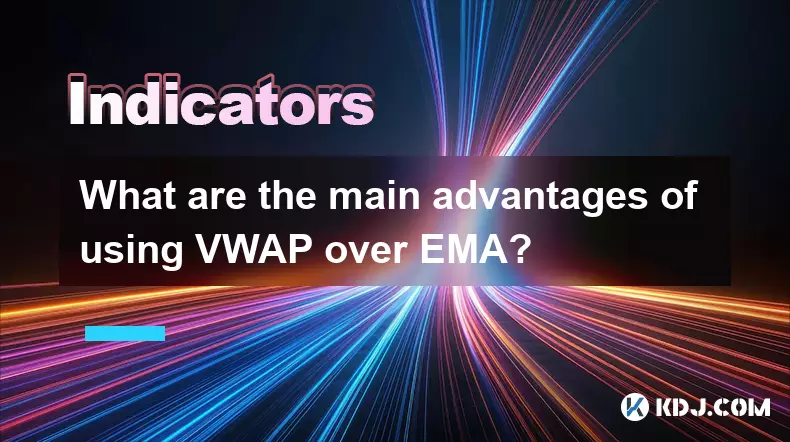
What are the main advantages of using VWAP over EMA?
Oct 11,2025 at 02:18am
Main Advantages of Using VWAP Over EMA1. Volume-Weighted Average Price (VWAP) incorporates trading volume into its calculation, offering a more accura...
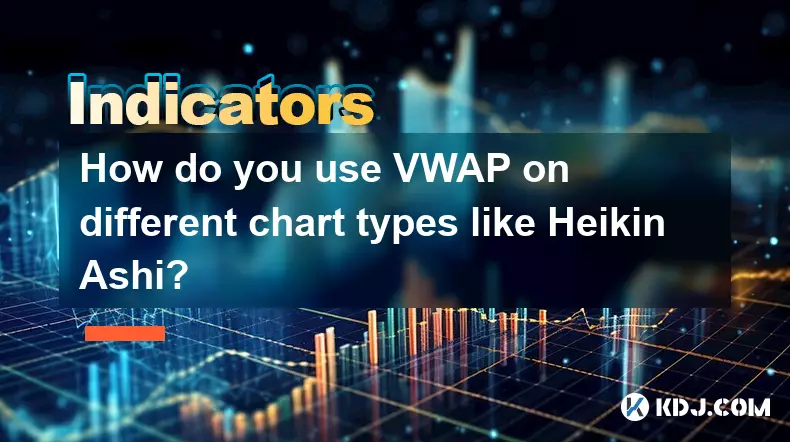
How do you use VWAP on different chart types like Heikin Ashi?
Oct 11,2025 at 05:01pm
Understanding VWAP in the Context of Heikin Ashi Charts1. The Volume Weighted Average Price (VWAP) is a powerful analytical tool commonly used by trad...
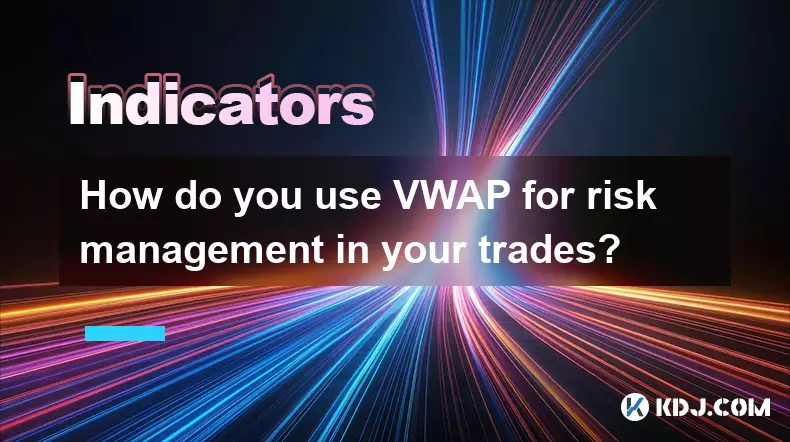
How do you use VWAP for risk management in your trades?
Oct 11,2025 at 02:54am
Understanding VWAP as a Dynamic Benchmark1. The Volume Weighted Average Price (VWAP) serves as a crucial reference point in intraday trading by reflec...
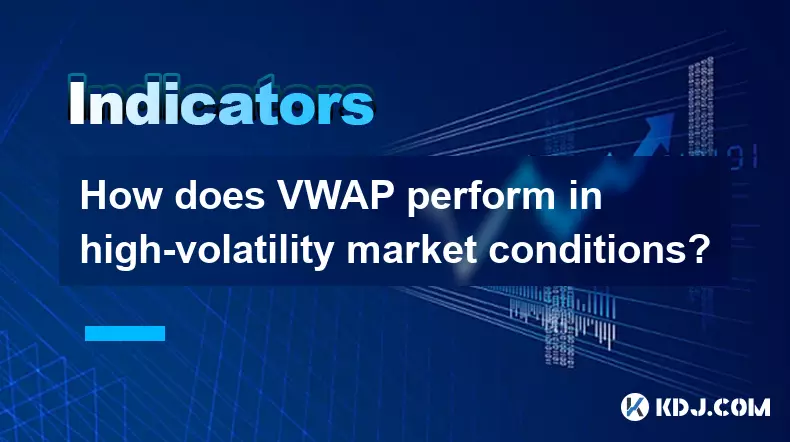
How does VWAP perform in high-volatility market conditions?
Oct 10,2025 at 08:00pm
Understanding VWAP in Turbulent Market Phases1. Volume-Weighted Average Price (VWAP) serves as a benchmark for institutional traders aiming to assess ...
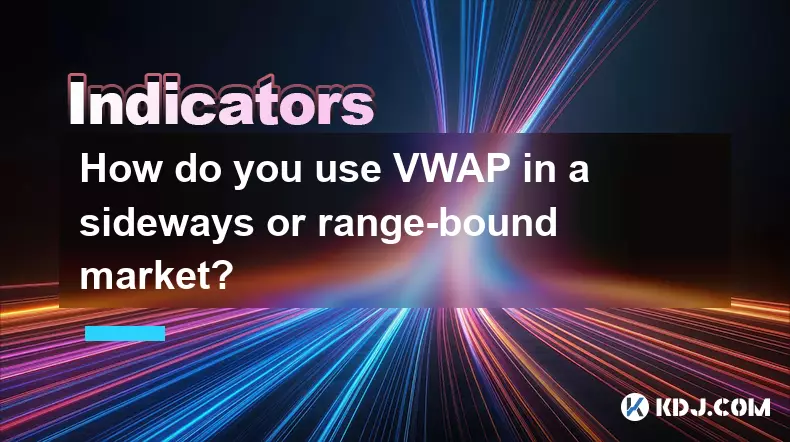
How do you use VWAP in a sideways or range-bound market?
Oct 10,2025 at 10:00am
Understanding VWAP in Range-Bound Conditions1. The Volume Weighted Average Price (VWAP) serves as a benchmark for intraday trading, combining both pri...

How do you identify exhaustion moves using VWAP and its bands?
Oct 12,2025 at 08:00am
Understanding the Role of Decentralized Exchanges in Crypto Trading1. Decentralized exchanges (DEXs) operate without a central authority, allowing use...

What are the main advantages of using VWAP over EMA?
Oct 11,2025 at 02:18am
Main Advantages of Using VWAP Over EMA1. Volume-Weighted Average Price (VWAP) incorporates trading volume into its calculation, offering a more accura...

How do you use VWAP on different chart types like Heikin Ashi?
Oct 11,2025 at 05:01pm
Understanding VWAP in the Context of Heikin Ashi Charts1. The Volume Weighted Average Price (VWAP) is a powerful analytical tool commonly used by trad...

How do you use VWAP for risk management in your trades?
Oct 11,2025 at 02:54am
Understanding VWAP as a Dynamic Benchmark1. The Volume Weighted Average Price (VWAP) serves as a crucial reference point in intraday trading by reflec...

How does VWAP perform in high-volatility market conditions?
Oct 10,2025 at 08:00pm
Understanding VWAP in Turbulent Market Phases1. Volume-Weighted Average Price (VWAP) serves as a benchmark for institutional traders aiming to assess ...

How do you use VWAP in a sideways or range-bound market?
Oct 10,2025 at 10:00am
Understanding VWAP in Range-Bound Conditions1. The Volume Weighted Average Price (VWAP) serves as a benchmark for intraday trading, combining both pri...
See all articles










































































